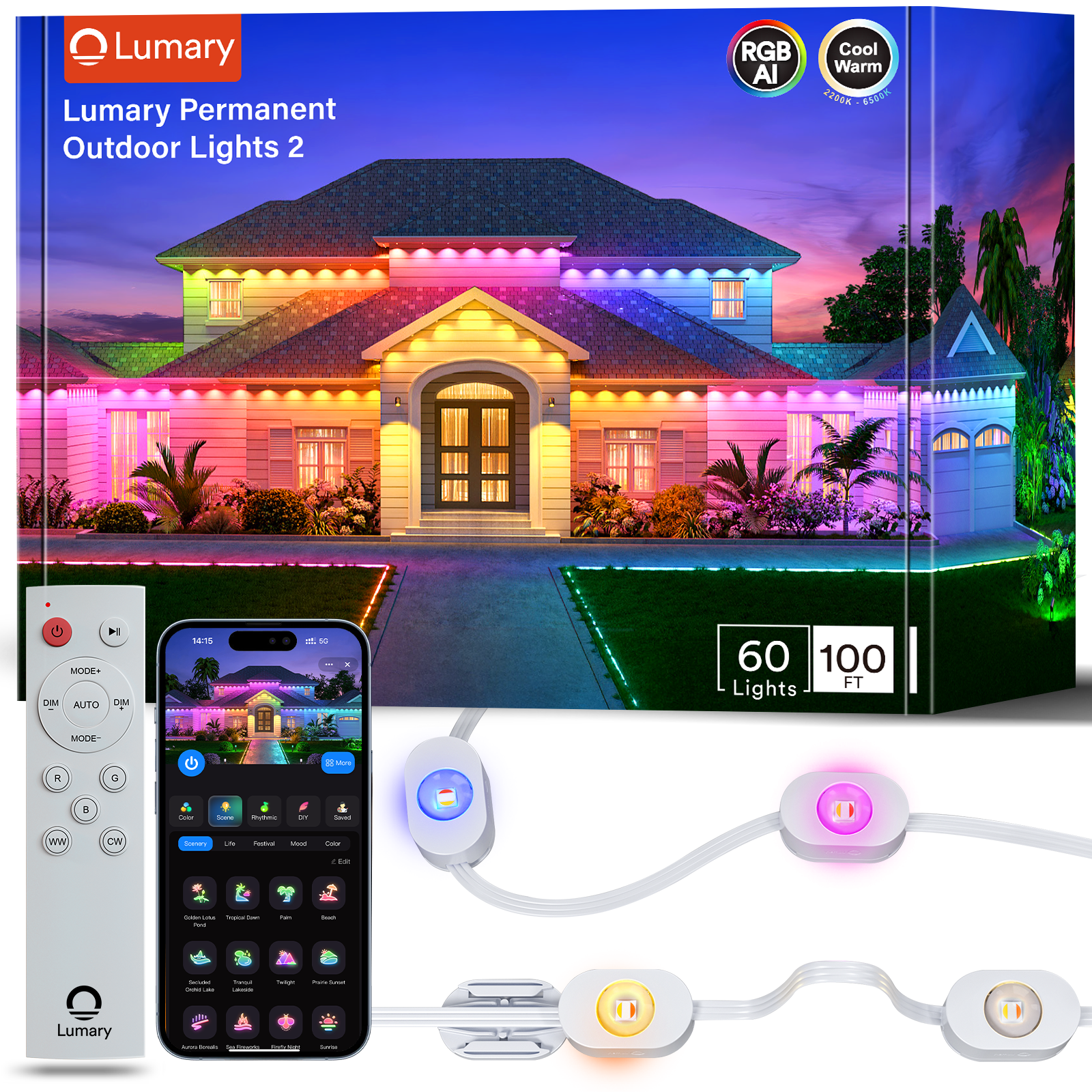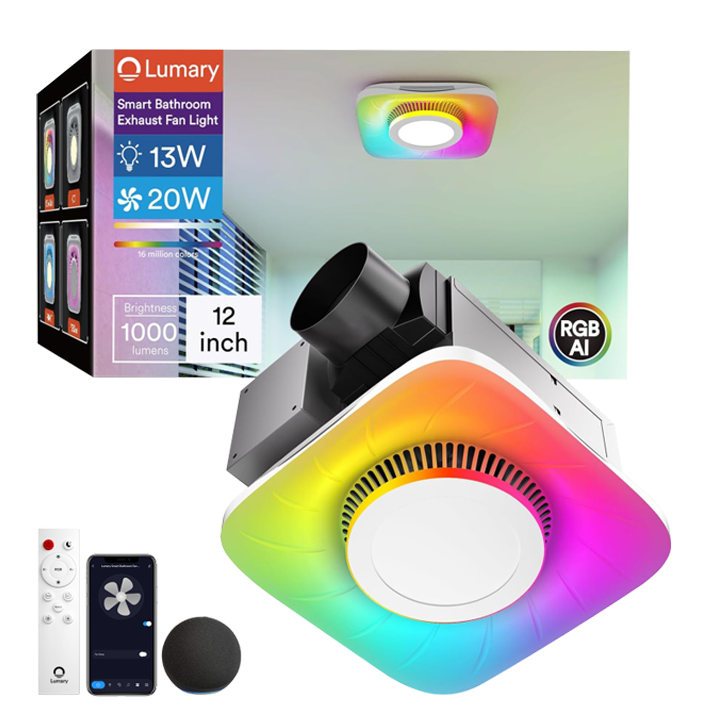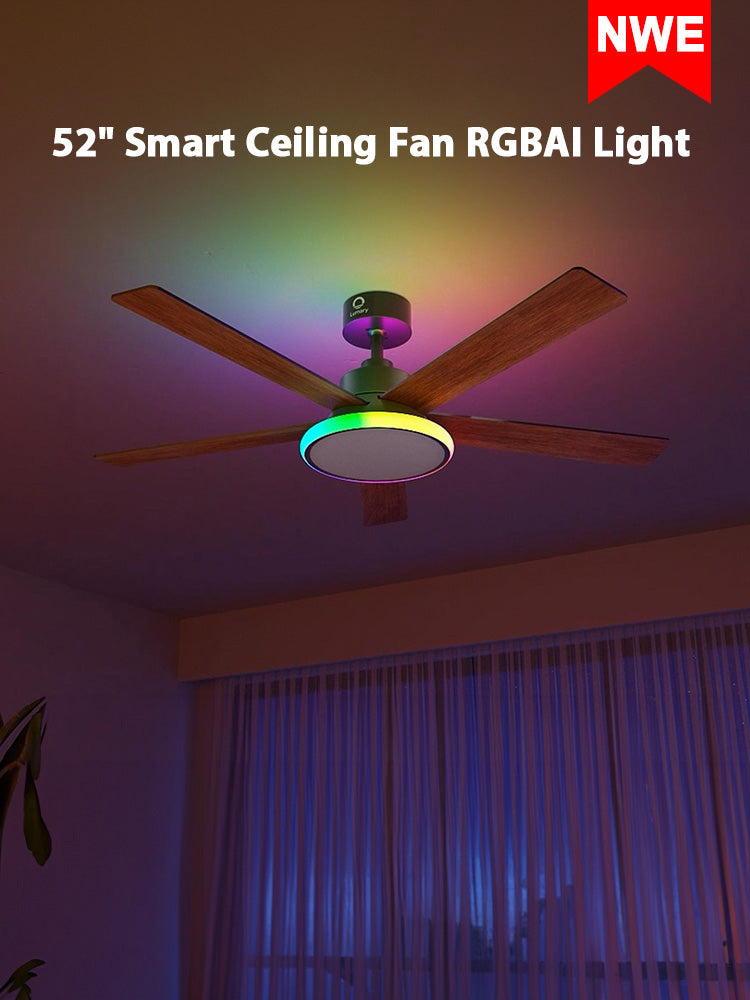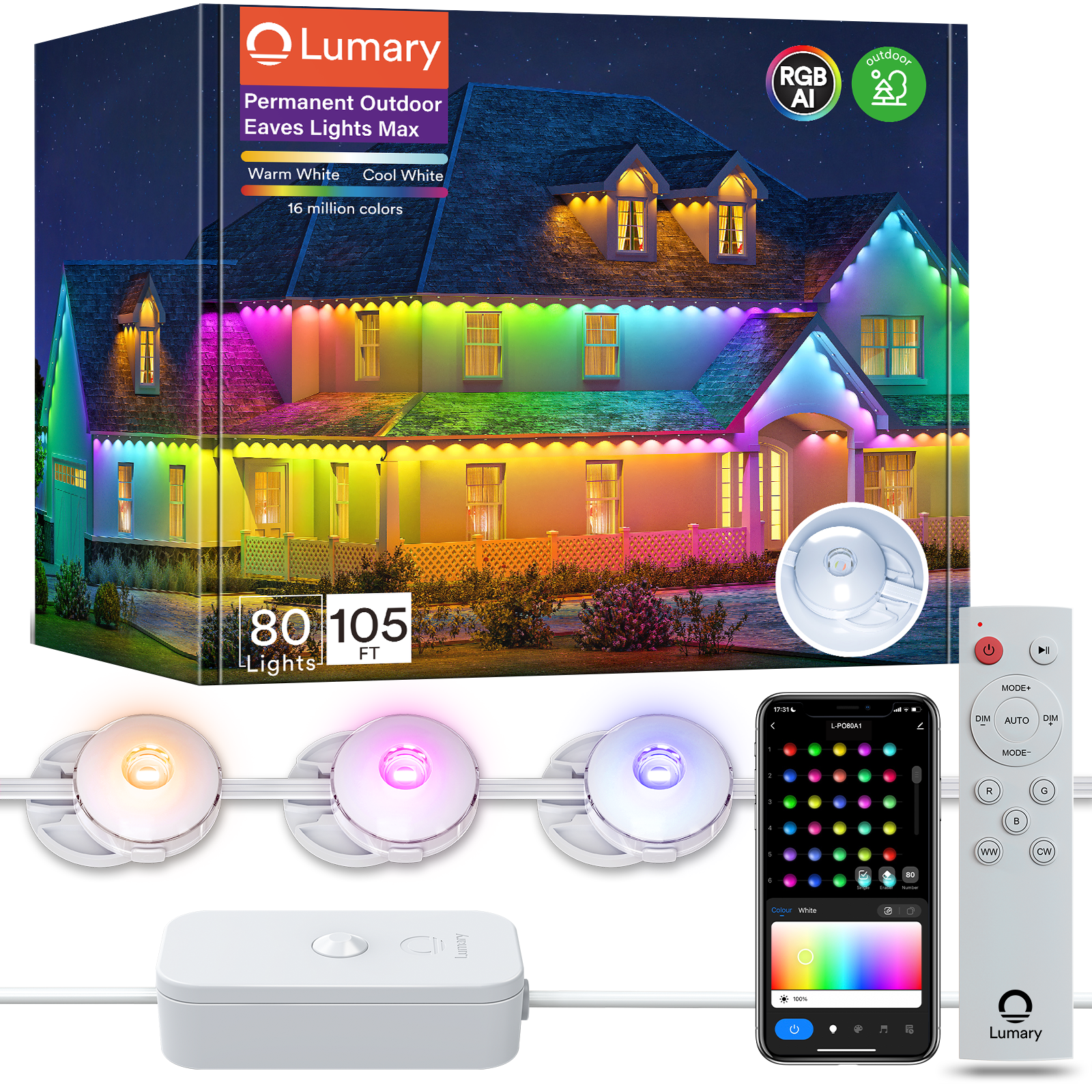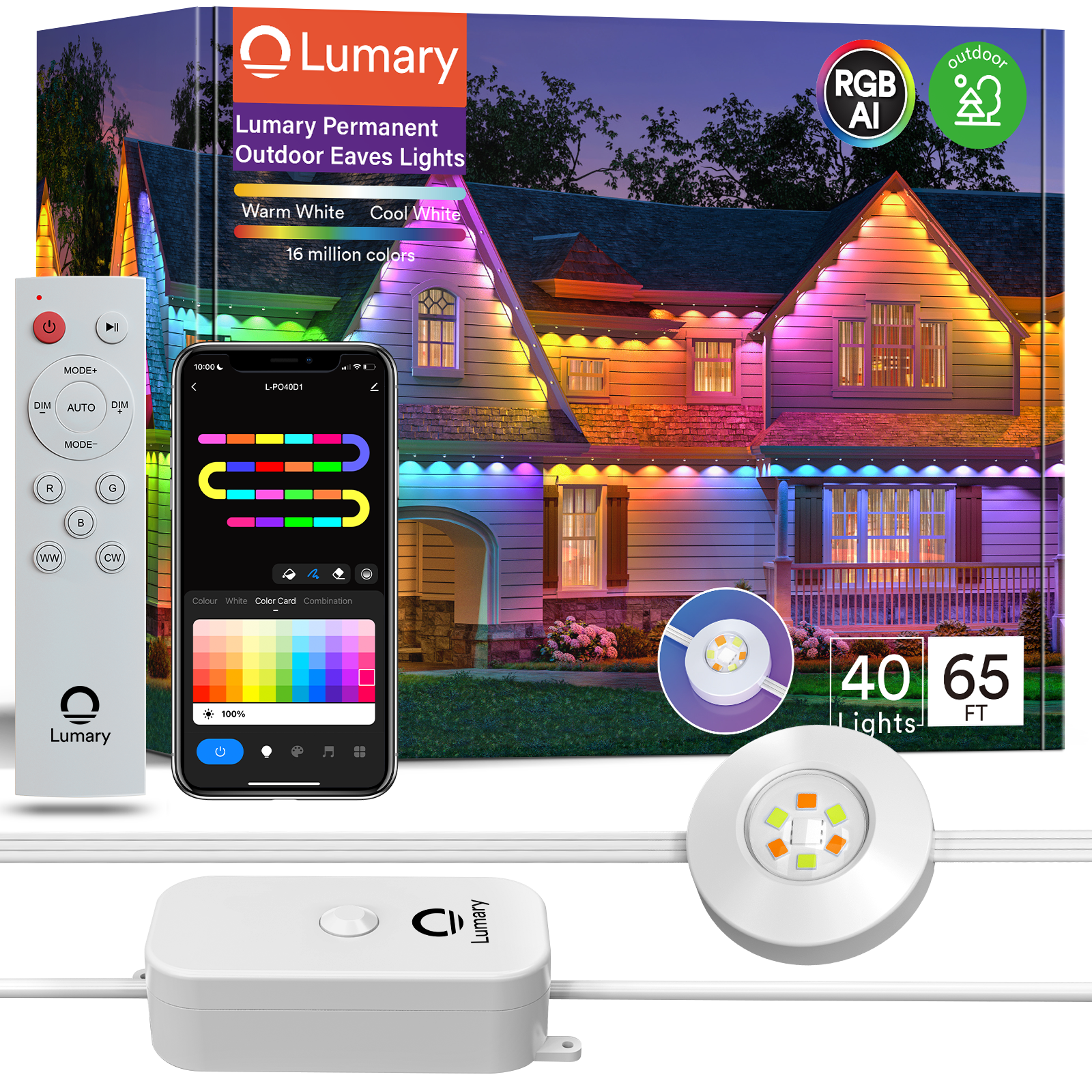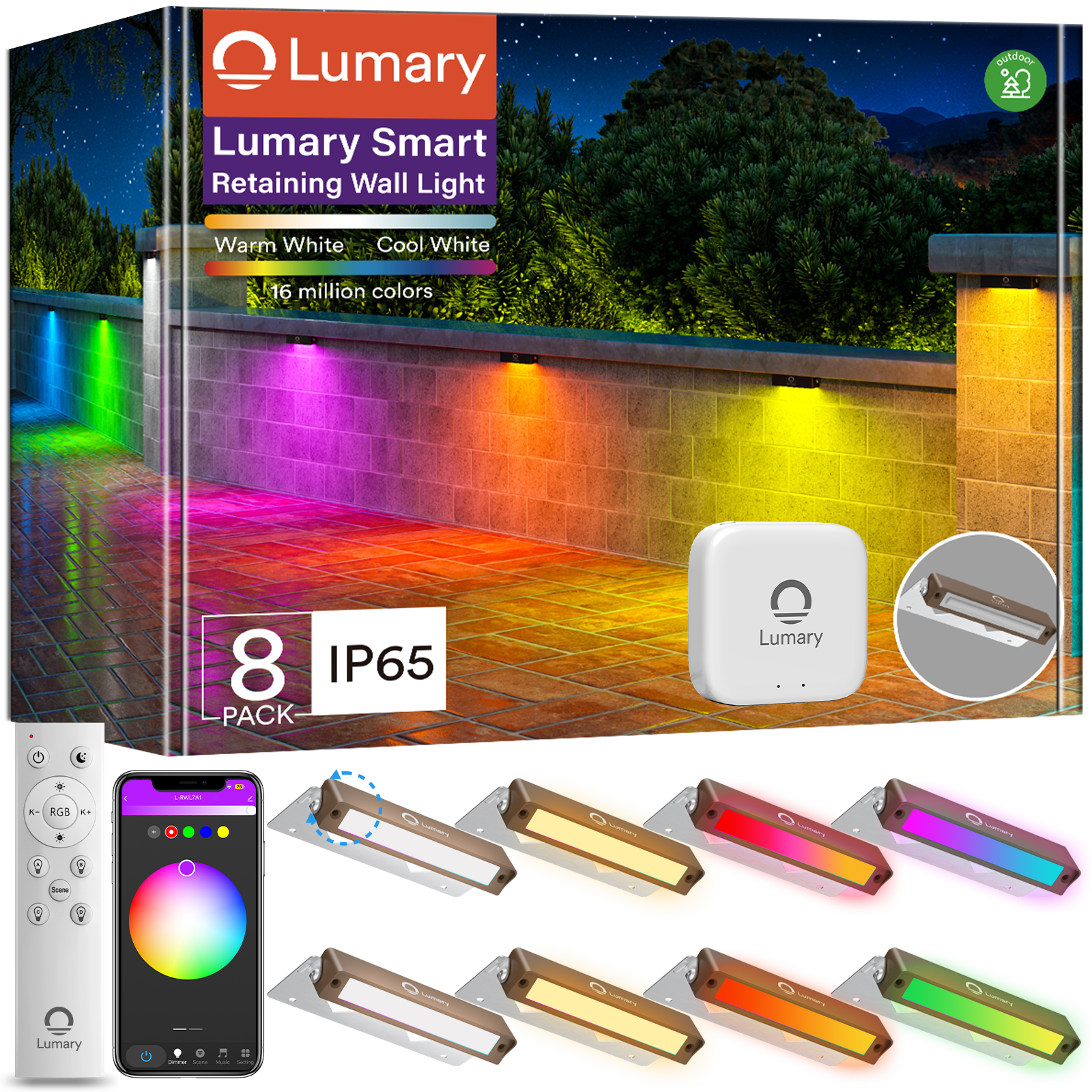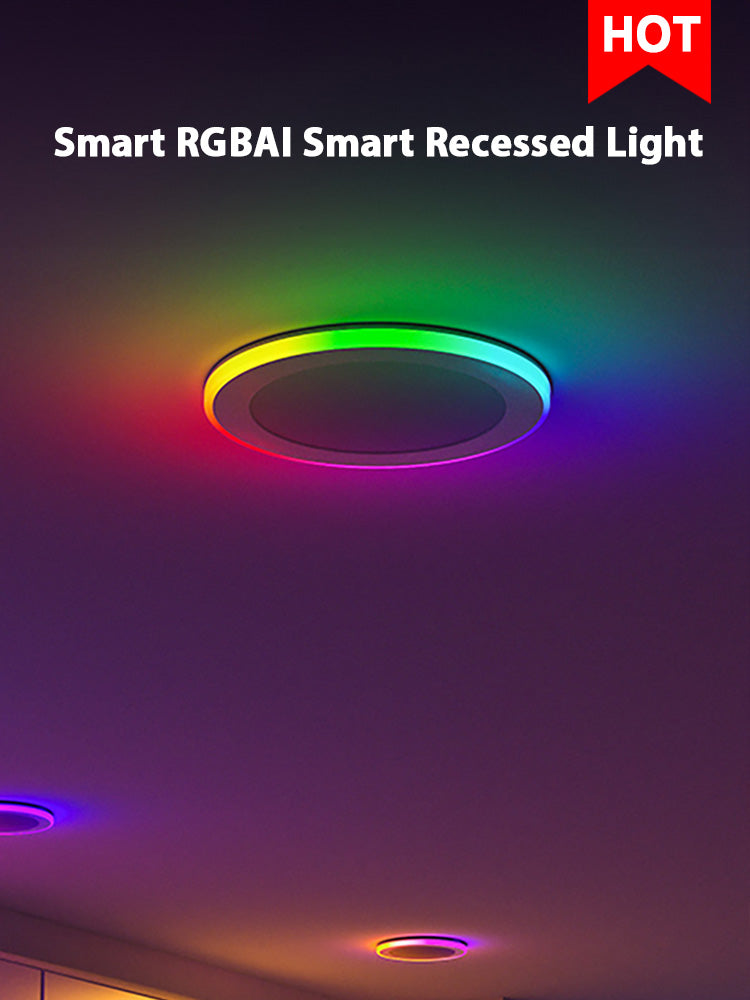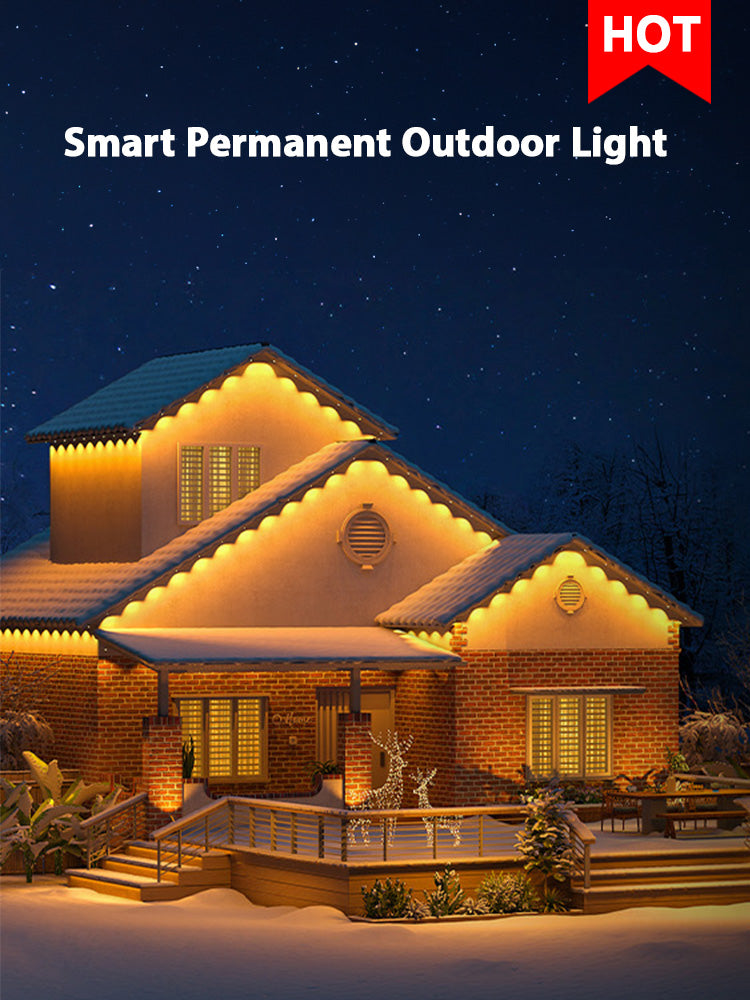Recessed lights are a modern lighting solution that blends seamlessly into ceilings, offering a sleek and unobtrusive illumination method. With the global market for recessed lights projected to grow significantly, it's evident that these fixtures have become a staple in contemporary homes. This blog delves into the various types of recessed lights, shedding light on their components, benefits, and technical disparities to aid readers in making informed lighting choices.

Basic Concepts of Recessed Lights
Definition and Components
Housing
When considering recessed lights, the housing plays a crucial role in providing structural support and ensuring proper installation. Different types of housings cater to specific needs, such as New Construction Housings for unfinished walls or ceilings with attic access, or Remodel Housings for finished surfaces that allow installation from the completed side. Additionally, IC-Rated Housings are essential when insulation is present to prevent overheating, while Non-IC Housings offer flexibility for various wall materials.
Trim
The trim of recessed lights contributes significantly to the overall aesthetics and functionality. Various trim styles serve different purposes, like the Baffle Trim, which reduces glare by absorbing excess light, or the Reflector Trim, which maximizes brightness by reflecting light downwards. For adjustable illumination angles, consider the Adjustable Trim, while the Wall-Wash Trim provides a broader spread of light ideal for highlighting specific areas.
Bulb
Selecting the right bulb type is vital for achieving the desired lighting effect. Options like Incandescent bulbs offer warm ambient lighting, while LED bulbs are renowned for their energy efficiency and longevity. Halogen bulbs provide bright white light suitable for task lighting, and CFL bulbs offer a balance between energy efficiency and brightness.
General Benefits
Aesthetic Appeal
One of the primary advantages of recessed lights is their ability to blend seamlessly into ceilings, creating a clean and modern look without occupying valuable space. The subtle presence of these fixtures enhances the overall ambiance of any room without overwhelming other design elements.
Space-Saving
Due to their flush-mounted design, recessed lights are an excellent space-saving lighting solution compared to traditional fixtures that may protrude from ceilings or walls. This feature makes them ideal for rooms with low ceilings or areas where a minimalist aesthetic is desired.
Versatility
The versatility of recessed lights lies in their adaptability to various settings and functions. Whether used for general illumination in residential spaces or accent lighting in commercial environments, these fixtures can be customized with different trims, bulbs, and housings to suit specific lighting requirements.
Types of Recessed Lights
Based on Housing
New Construction Housings
-
New Construction Housings are designed for installations in new buildings or areas where the ceiling cavity is accessible during construction.
-
These housings require complete access to the ceiling cavity for proper installation and wiring, ensuring a seamless integration of recessed lights into the structure.
Remodel Housings
-
Remodel Housings offer a convenient solution for adding recessed lights to existing structures without the need to access studs or joists.
-
This type of housing simplifies the installation process by allowing fixtures to be added efficiently, making it an ideal choice for renovation projects.
IC-Rated Housings
-
IC-Rated Housings are essential when insulation is present in ceilings to prevent overheating and ensure safety.
-
By incorporating these housings, homeowners can confidently install recessed lights without compromising on energy efficiency or risking fire hazards.
Non-IC Housings
-
Non-IC Housings provide flexibility in installation by allowing fixtures to be placed closer to insulation-free materials like wood.
-
While not suitable for insulated ceilings, these housings offer versatility in various settings where insulation is not a concern.
Based on Trim
Baffle Trim
-
The Baffle Trim style features ribbed interiors that help reduce glare by absorbing excess light.
-
Ideal for creating a cozy ambiance, this trim type directs light downward while minimizing unwanted brightness.
Reflector Trim
-
With a reflective surface, the Reflector Trim maximizes brightness by redirecting light downwards.
-
This trim option enhances illumination levels in specific areas, making it suitable for task lighting or highlighting focal points.
Adjustable Trim
-
Offering flexibility in directing light at different angles, the Adjustable Trim allows users to customize the lighting focus as needed.
-
This trim type is beneficial for spaces requiring adjustable illumination levels or accentuating specific objects.
Wall-Wash Trim
-
The Wall-Wash Trim provides a broad distribution of light across walls, creating a visually appealing wash effect.
-
Ideal for showcasing artwork or architectural features, this trim style adds depth and dimension to room lighting arrangements.
Based on Bulb Type
Incandescent
- Utilizing traditional technology, Incandescent bulbs emit warm ambient light suitable for creating a cozy atmosphere.
LED
- Known for their energy efficiency and longevity, LED bulbs offer bright illumination with minimal power consumption.
Halogen
- Halogen bulbs produce crisp white light ideal for task-oriented activities due to their focused beam characteristics.
CFL
- CFL bulbs strike a balance between energy efficiency and brightness levels, making them versatile options for various lighting needs.
Based on Voltage
Low Voltage Recessed Lighting
Low voltage recessed lights operate at 12 volts or 24 volts, offering a unique lighting solution for various settings. These fixtures are commonly used in spaces where specific lighting needs must be met, such as highlighting artwork or creating ambient lighting effects. The lower voltage not only enhances safety by reducing the risk of electrical shock but also provides energy-efficient illumination options that can contribute to long-term cost savings.
-
Ideal for highlighting artwork
-
Offers energy-efficient illumination
-
Enhances safety with low voltage operation
Line Voltage Recessed Lighting
Line voltage recessed lights are the most common type used for general and task lighting in residential and commercial environments. Operating at 120 volts, these fixtures connect directly to the household electrical system without the need for additional transformers. Line voltage recessed lights provide a reliable and straightforward lighting solution that ensures consistent brightness levels throughout their lifespan.
-
Commonly used for general and task lighting
-
Directly connects to the household electrical system
-
Ensures consistent brightness levels
Technical Differences
Installation Requirements
Ceiling Type
When considering the installation of recessed lights, the ceiling type plays a crucial role in determining the suitability of fixtures. Different ceilings, such as flat, sloped, or cathedral designs, require specific considerations to ensure proper placement and functionality. Understanding the nuances of each ceiling type is essential for achieving optimal lighting outcomes tailored to the architectural features of the space.
Electrical Considerations
Incorporating recessed lights into a room involves careful electrical planning to guarantee safe and efficient operation. Factors like circuit capacity, voltage compatibility, and wiring configurations must be evaluated to prevent overloading circuits and ensure seamless integration with existing electrical systems. Prioritizing electrical considerations during installation minimizes risks and enhances the overall performance of recessed lighting setups.
Light Output and Efficiency
Lumens
Lumens serve as a crucial metric for measuring the brightness of light emitted by recessed fixtures. By understanding lumens, individuals can assess how well a particular fixture illuminates a space based on their preferences for brightness levels. Selecting recessed lights with appropriate lumen outputs ensures that rooms are adequately lit while maintaining energy efficiency and visual comfort.
Wattage
Wattage plays a significant role in determining the power consumption of recessed lights and their corresponding light output. Opting for fixtures with lower wattages can result in energy savings without compromising on illumination quality. By matching wattage levels to specific lighting needs, users can create well-lit environments that promote energy conservation and cost-effectiveness.
Color Temperature
Color temperature influences the ambiance and visual appeal of illuminated spaces by defining the warmth or coolness of light emitted by recessed fixtures. Understanding color temperature options allows individuals to customize lighting atmospheres according to room functions or personal preferences. Whether aiming for cozy warm tones or crisp cool hues, selecting the right color temperature enhances overall aesthetics and creates inviting environments.
Practical Considerations
Cost Considerations
Initial Costs
-
When considering recessed lights, the initial costs involve purchasing the fixtures and necessary components for installation. These costs may vary depending on the type of recessed lights selected and any additional accessories required for proper setup.
-
Factors such as housing type, trim style, bulb technology, and voltage specifications can influence the overall initial expenses associated with integrating recessed lights into a space. Understanding these cost considerations upfront enables individuals to budget effectively for their lighting projects.
Long-Term Savings
-
Despite the initial investment, recessed lights offer long-term savings through energy efficiency and durability. LED bulbs, known for their longevity and low energy consumption, contribute significantly to reducing electricity bills over time.
-
By opting for energy-efficient fixtures and bulbs, homeowners can enjoy extended lifespans without frequent replacements, translating into cost savings in maintenance and utility expenses throughout the lifespan of the recessed lights.
Pros and Cons
Advantages
-
The advantages of recessed lights encompass their sleek design that seamlessly integrates into ceilings, providing a modern and unobtrusive lighting solution. These fixtures offer versatility in customization through various trim styles, bulb options, and housing types to suit diverse lighting needs.
-
Additionally, recessed lights enhance aesthetic appeal by creating a clean ambiance without occupying valuable space. Their ability to deliver focused illumination makes them ideal for accentuating specific areas or objects within a room while maintaining an overall minimalist look.
Disadvantages
-
Despite their numerous benefits, recessed lights come with certain drawbacks that warrant consideration. Installation complexity may pose challenges for individuals unfamiliar with electrical work or ceiling modifications required for specific housing types.
-
Another disadvantage is the potential for light glare or uneven distribution if not properly positioned or equipped with suitable trims. Addressing these issues during installation can mitigate disadvantages associated with glare or inadequate lighting coverage in certain areas.
Common Applications
Residential
-
In residential settings, recessed lights find widespread applications in kitchens, living rooms, bedrooms, and bathrooms. Their discreet profile and customizable features make them suitable for general illumination as well as task lighting requirements in different areas of a home.
-
Whether used to highlight artwork on walls or provide ambient lighting in hallways, recessed lights offer homeowners flexibility in creating tailored lighting schemes that enhance both functionality and aesthetics within residential spaces.
Commercial
-
Commercial environments benefit from the versatility of recessed lights, which are commonly employed in offices, retail stores, restaurants, and hotels. The seamless integration of these fixtures into ceilings contributes to a professional atmosphere while ensuring adequate illumination for various activities.
-
From accentuating merchandise displays to illuminating workspaces efficiently, recessed lights play a crucial role in enhancing visual appeal and functionality within commercial establishments by offering adaptable lighting solutions tailored to specific business needs.
Testimonials:
- Amanda N.:
"100% would always recommend The Recessed Lighting Company! My family (multiple homes) have used this company over the years. We are impressed by their work, friendliness, and fantastic customer service. I would highly recommend using this company to all those searching for the right company!"
- Liz G.:
"Five stars! We could not be happier with the product and service! We had recessed lighting put in throughout our house along with fans replaced in the bedrooms. Andrew came out to walk through the house, and Danny and his team came out to execute the project. Everyone we met was helpful, kind, and easy to work with."
- Park J.:
"Overall, we highly recommend The Recessed Lighting Company for their excellent communication, fast response times, and transparent pricing. They truly exceeded our expectations and are a Tesla preferred vendor."
In conclusion, choosing the right type of recessed lights is crucial for achieving optimal illumination tailored to personal needs and preferences. With various housing options like New Construction or Remodel Housings, diverse trim styles such as Baffle or Reflector Trim, bulb types including Incandescent or LED, and voltage variations like Low Voltage or Line Voltage, individuals can customize their lighting setups efficiently.
Consider testimonials from satisfied customers like Amanda N., Liz G., and Park J., who emphasize exceptional service quality and expertise when selecting your ideal recessed lights provider. Prioritize factors like energy efficiency, aesthetic appeal, and long-term savings to make an informed decision that enhances both functionality and ambiance within your living spaces.

